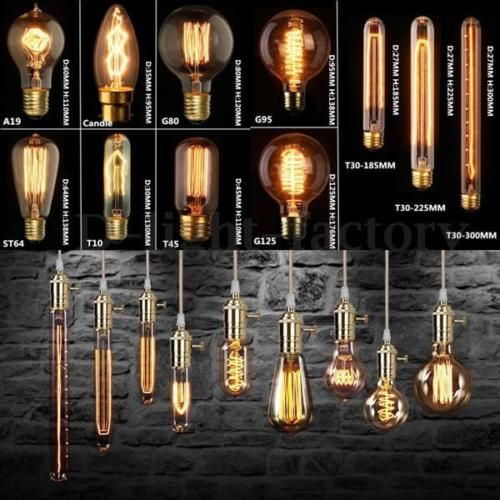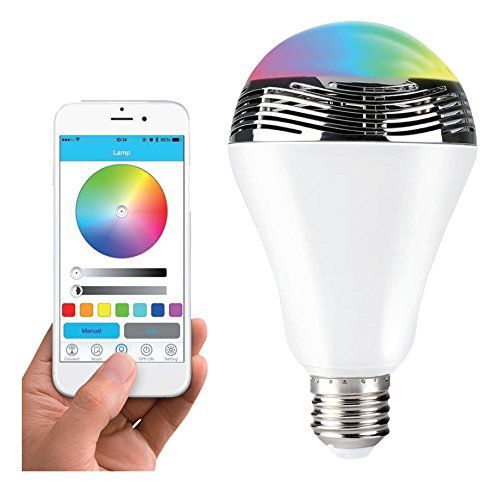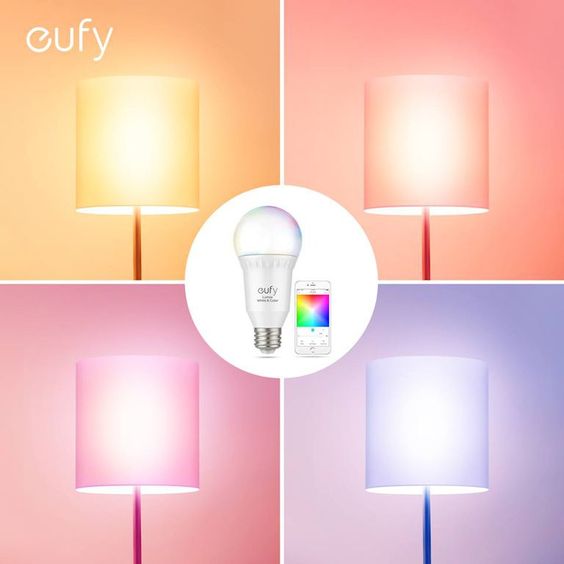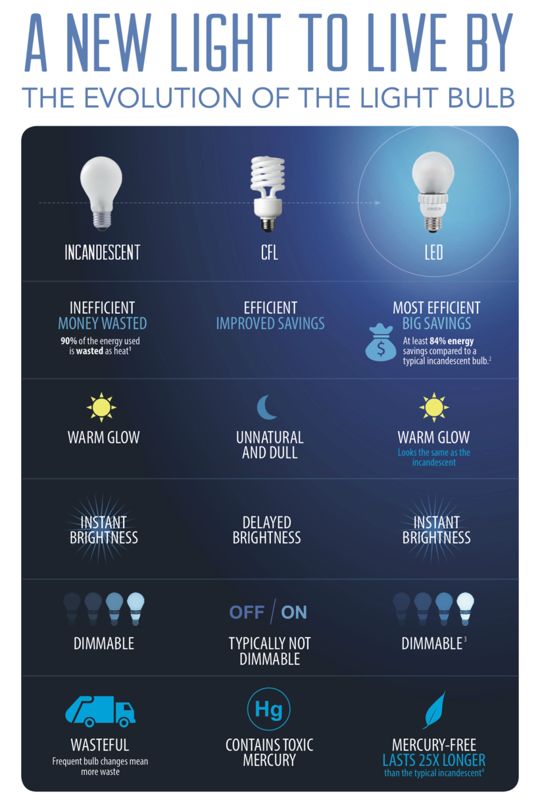Wide row gardening is a technique that I have been using for years. I got the idea from a book called the Victory Garden. Basically, rather than doing skinny row planting, you sow blocks (mine are about 2 ft by 2-3 ft, depending on the plant) with a thick covering of seeds. This works with crops like turnips, radishes, beets, lettuce and other greens, carrots, peas, etc. Depending on the size of plant, you do it a bit more thickly or thinly as needed (carrots a bit more thickly than peas, for example). This allows for fewer paths in the garden and less compaction.
No making lines to follow, no trying to separate individual seeds or carefully measuring out your plot. My method was to prepare the block of soil, grab the packet of seeds, try to distribute them evenly over the area, then cover with a bit of soil (Miracle moisture retentive garden soil). So easy!
More recently, the second benefit from wide row gardening I see is that even though I have done basically zero weeding, after the blocks are so full of plants that there isn’t a whole lot of room for weeds to grow. This has been especially true with my radish, spinach and lettuce. Carrots and parsnips take longer to get big and leafy tops, so that patch is certainly a bit weedier, as is my beet patch where there is poor seed germination and therefore very few plants. Overall, though, this technique definitely has its perks!






